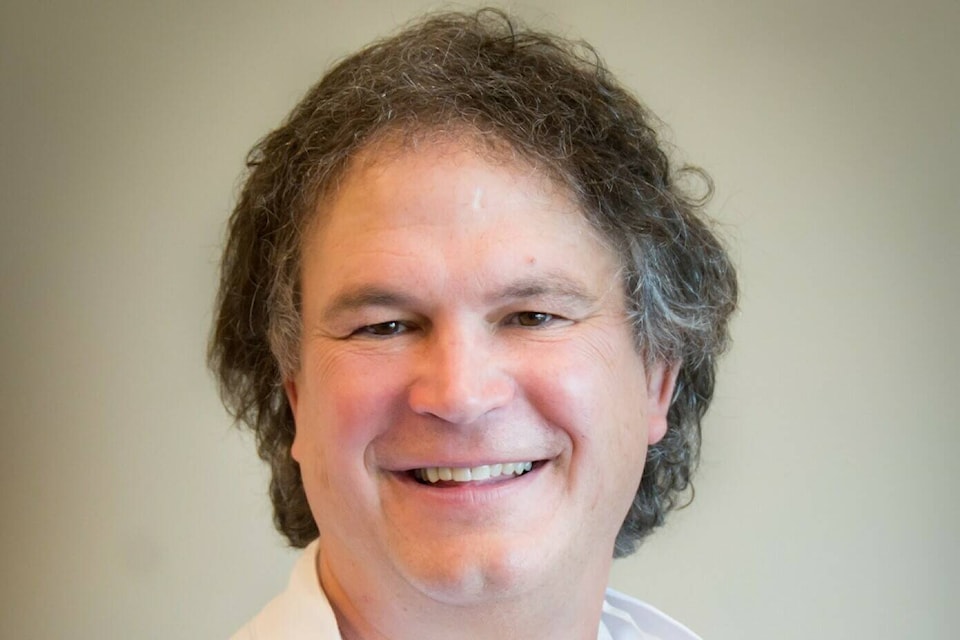Patients with a reluctance to see their dentist (or any dentist) do fall within 2 categories. Those who are simply afraid (dentalphobes) and those who don’t welcome any discomfort whatsoever. With the approx. 33% of adults who truly have Dental phobia – this is a chronic fear of virtually anything ‘dental’. It ranges from fear of the needle, or the white coat, or the sound of the drill, the feeling of being frozen, or a previous bad dental experience. Sitting in a dental waiting room may trigger a personal reaction. This results in a phobia not unlike fear of heights, or fear of open water. It is irrational and may be all empowering.
Dentists see phobic patients after the fact – when some have attempted ‘home dentistry’ with Crazy Glue, pliers, and the like. In some cases the sensation of being frozen is alarming, hence the development of a relatively new drug now that actually reverses the effect of freezing shortly after the treatment is completed. Logic rarely works. Most dental work required is the end result of neglect.
I frequently tell patients that they are their own dentist 365 days a year, and their actual dentist is only a ‘dental fireman’ – here to put out the fires the patients have already developed. We never create new problems, just deal with existing ones. Dental phobic patients begin their frightening experience literally thinking about an appointment. The real fear factor may be psychological in general, or fear of actual pain itself.
Pain management has multiple options today. The historic method dating back over 100 years is the dental syringe to administer pain medication. Disposable needles came into use in 1956 in New Zealand and are the standard today. The medication has changed over time, with some products being phased out or names simply being changed. Different teeth require different options, with upper teeth easier to freeze than lower ones due to jaw density.
For patients with significant pain management, IV Sedation is one method. It is administered directly into a vein, with continuous monitoring by a qualified individual. Some patients choose to be relatively unaware of any procedure. Oral sedation is the most common method, usually in a pill format. Various drugs may be chosen, depending on age, size, and dental history of patients. Some are very effective for anxiety, and may reduce actual memory of the procedure. Midazolam is very common for younger patients. Triazolam (formerly Halcion) is relatively common for adults. Nitrous oxide (laughing gas) is used in many practices, and can be used on patients of all ages. For more complex operations, a full general anesthesia option produces the highest level of sedation. It is offered in a hospital, or in some specifically equipped dental surgery centres. The patient is unconscious, and this option allows a variety of procedures to be completed in one session.
There is one new ‘big player’ on the block. When one hears the term dental lasers, this is an area of little information and much conjecture. Lasers are certainly not alike. One unit introduced about 10 years ago is the Waterlase. It is very loud, with a ‘popcorn popping’ sound to it. It has been utilized quasi-successfully for soft tissue work and dental fillings. It is used for more simple cavities using sprayed water, light driven laser, and air for tooth hydration and pain management. The Laser Diode 980 is used on soft tissue for gummy smiles, and is a wonderful substitution for a scalpel. Also, hygienists may use it during teeth cleaning procedures. A more recent unit is the Fotana Lightwalker.
The ‘gamechanger’ stands alone – and it is the Solea Laser. This C02 unit was introduced in Canada in Jan. 2021, and is a virtual replacement for both the drill and the dental needle. It uses a unique wavelength for speedy results regardless of procedure. It can remove and reshape dental enamel and tissue. Many claims about it involve being ‘virtually’ painless. We have used it, it meets the manufacturer’s claims, and it isn’t appropriate for everyone. A full 75% of patients we canvassed insist on using it for all subsequent dental care. Some convey a slight ‘cold’ feeling, but not unlike mouthing an ice cube on a warm day. The treatment is reliably predictable without a needle, and the patient can walk away from the chair right back to work or school. Patients of all ages now insist on it. Patients voted, and that was proof enough for me!
Dr. Michael Dolynchuk is a General Dentist practicing in Caroline and Red Deer. Forward inquiries to: DentalQuestions@shaw.ca
